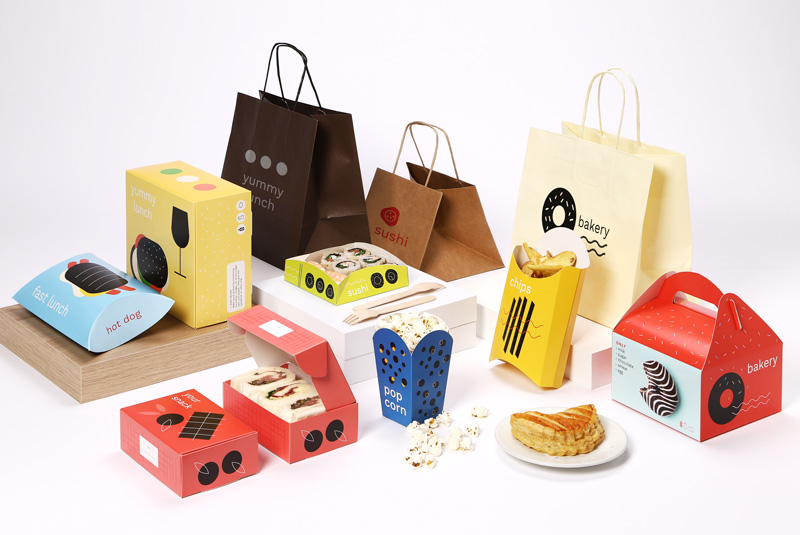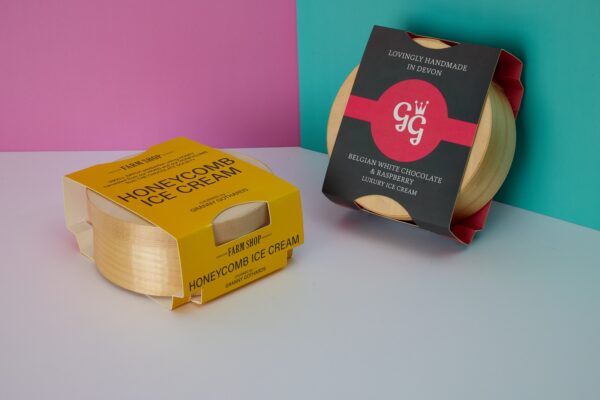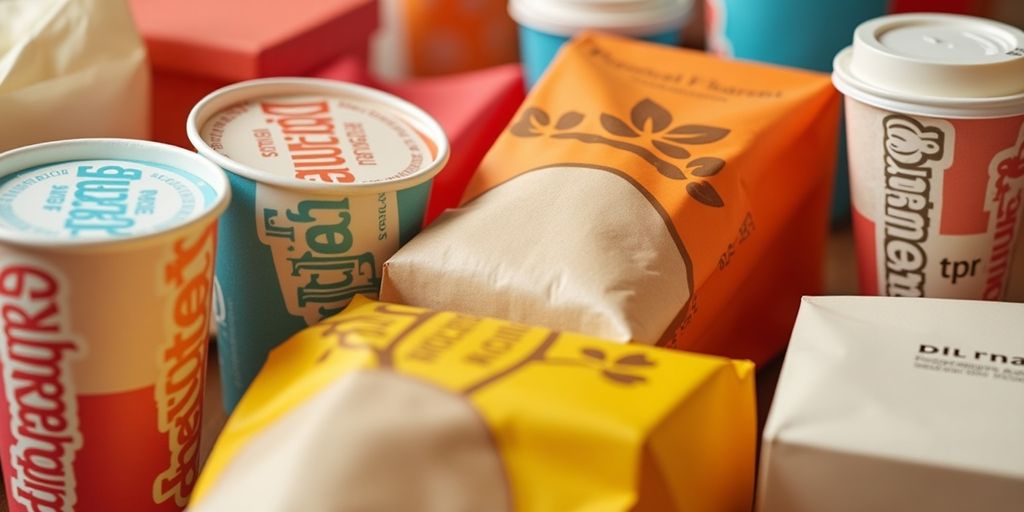In today’s world, the safety of our food and its packaging is of utmost importance. With increasing awareness about health and environmental concerns, the demand for safe varnishes in food packaging has never been higher. These varnishes play a crucial role in protecting food products from contamination while also preserving their quality. In this article, we will delve into the significance of using safe varnishes in food packaging and explore the various aspects related to this essential component.

Understanding Varnishes in Food Packaging
Varnishes are coatings applied to the surface of food packaging materials to enhance their functionality and appearance. They serve as a protective layer, preventing moisture, oxygen, and other external elements from affecting the packaged food. Additionally, varnishes provide a glossy finish, enhancing the visual appeal of the packaging.
The Role of Safe Varnishes
Using safe varnishes in food packaging is crucial to ensure that harmful substances do not migrate into the food. These varnishes are formulated with non-toxic materials that comply with food safety regulations. By choosing safe varnishes, manufacturers can protect consumers from potential health risks associated with chemical migration.
Types of Varnishes Used in Food Packaging
There are several types of varnishes used in food packaging, each with its own unique properties and applications. Let’s explore some of the commonly used types:
1. Water-Based Varnishes
Water-based varnishes are becoming increasingly popular due to their eco-friendly nature. They are formulated with water as the primary solvent, reducing the emission of volatile organic compounds (VOCs) during the application process. These varnishes provide excellent adhesion and durability, making them suitable for a wide range of food packaging materials.
2. Solvent-Based Varnishes
Solvent-based varnishes are known for their fast-drying properties and high gloss finish. However, they contain organic solvents that can release VOCs into the environment. Manufacturers are now opting for low-VOC formulations to minimize their environmental impact and ensure consumer safety.
3. UV-Curable Varnishes
UV-curable varnishes are cured using ultraviolet (UV) light, resulting in a quick curing process. These varnishes offer excellent resistance to chemicals and abrasion, making them ideal for packaging materials that require high durability. The use of UV-curable varnishes also reduces energy consumption during the curing process.
Key Benefits of Using Safe Varnishes
Using safe varnishes in food packaging offers numerous benefits for both manufacturers and consumers. Let’s take a closer look at some of these advantages:
1. Consumer Safety
The primary benefit of using safe varnishes is ensuring consumer safety. By preventing harmful substances from migrating into food, manufacturers can protect consumers from potential health risks associated with chemical exposure.
2. Enhanced Shelf Life
Safe varnishes act as a barrier against moisture, oxygen, and other external factors that can degrade the quality of food products. By using these varnishes, manufacturers can extend the shelf life of packaged food, reducing food waste and improving profitability.
3. Compliance with Regulations
Food safety regulations are becoming increasingly stringent, and using safe varnishes ensures compliance with these standards. Manufacturers can avoid legal issues and maintain their reputation by adhering to food safety regulations.
Challenges in Implementing Safe Varnishes
While the benefits of using safe varnishes are significant, there are several challenges that manufacturers may face during implementation:
1. Cost Considerations
Safe varnishes often come at a higher cost compared to conventional varnishes. Manufacturers need to balance the cost of production with the benefits of using safe varnishes to ensure profitability.
2. Technical Expertise
Implementing safe varnishes requires technical expertise and knowledge of formulation techniques. Manufacturers may need to invest in research and development to develop effective and safe varnish formulations.
3. Consumer Awareness
Educating consumers about the importance of safe varnishes is crucial to drive demand for such products. Manufacturers can use marketing strategies to raise awareness and highlight the benefits of using safe varnishes in food packaging.
Case Studies: Success Stories of Safe Varnish Implementation
Several companies have successfully implemented safe varnishes in their food packaging processes. These case studies highlight the positive impact of using safe varnishes on consumer safety and brand reputation.
Company A: Leading the Way in Safe Packaging
Company A, a renowned food packaging manufacturer, has been at the forefront of using safe varnishes in their products. By prioritizing consumer safety, they have gained a loyal customer base and established themselves as industry leaders.
Company B: Innovating with Eco-Friendly Varnishes
Company B has taken a sustainable approach by using eco-friendly varnishes in their packaging materials. Their commitment to environmental responsibility has resonated with consumers, leading to increased brand loyalty and market share.
Future Trends in Safe Varnishes
The future of safe varnishes in food packaging looks promising, with several trends shaping the industry:
1. Bio-Based Varnishes
Bio-based varnishes, derived from renewable resources, are gaining traction as sustainable alternatives to conventional varnishes. These varnishes offer similar performance characteristics while reducing reliance on fossil fuels.
2. Advanced Formulations
Manufacturers are investing in research and development to create advanced varnish formulations that offer enhanced performance and safety. These formulations aim to address specific challenges such as migration, adhesion, and durability.
3. Digital Printing Technologies
Digital printing technologies are revolutionizing the packaging industry, allowing for more efficient and customizable varnish application. These technologies enable manufacturers to meet the growing demand for personalized packaging while ensuring product safety.
Conclusion
The use of safe varnishes in food packaging is essential to ensure consumer safety and protect the quality of packaged food products. By understanding the role of varnishes, exploring different types, and addressing challenges, manufacturers can make informed decisions to enhance their packaging processes. Embracing safe varnishes not only benefits consumers but also contributes to a sustainable and responsible packaging industry.

FAQ
What are the benefits of using safe varnishes in food packaging?
Safe varnishes prevent harmful substances from migrating into food, ensuring consumer safety. They also enhance shelf life and help manufacturers comply with food safety regulations.
Are safe varnishes more expensive than conventional varnishes?
While safe varnishes may come at a higher cost, their benefits in terms of consumer safety and compliance with regulations outweigh the additional expenses.
How can manufacturers implement safe varnishes effectively?
Manufacturers can implement safe varnishes by investing in research and development, ensuring technical expertise, and raising consumer awareness through effective marketing strategies.
For further insights, you can visit this comprehensive FAQ on food-grade ink for additional information on safe varnishes and food safety.
This article contains affiliate links. We may earn a commission at no extra cost to you.






